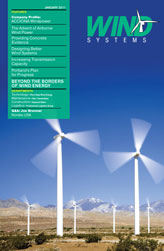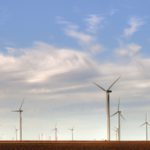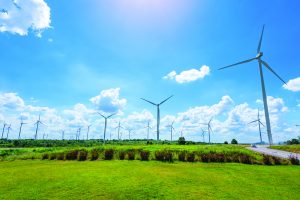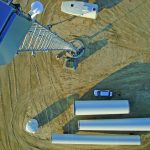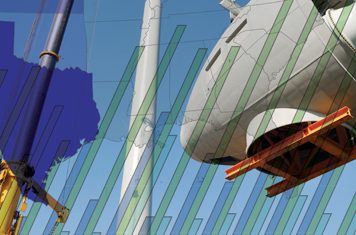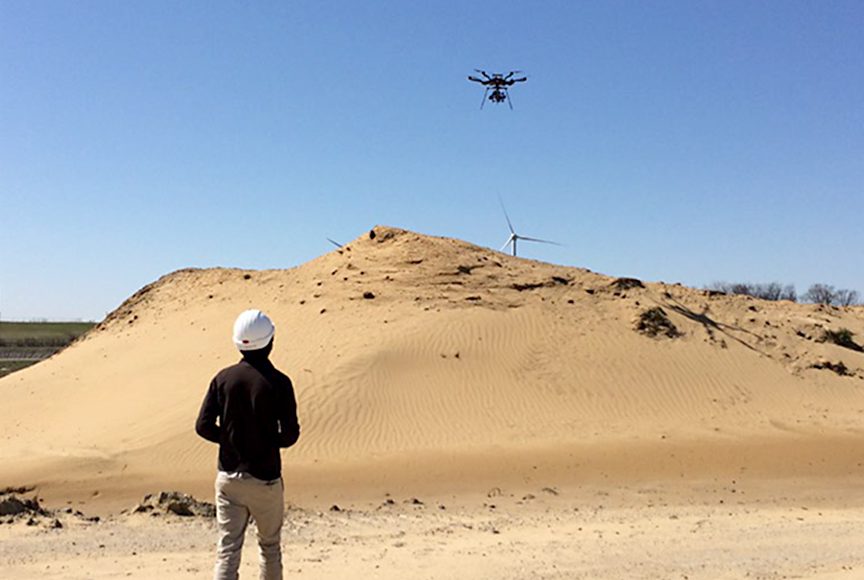As consultants in the area of wind component logistics, we are often asked to provide a market overview for clients. The challenge, of course, is that the market is constantly changing. In order to optimize component logistics in today’s environment it’s useful to understand the recent history of wind component logistics in North America and how the larger wind energy market trends affect transportation.
Recent History
The U.S. wind energy “boom” began in 2005, the first year in which new capacity installations exceeded 2,000 megawatts (MW). The industry went on to enjoy a nearly fourfold increase in annual new installations, reaching 8,366 MW added by 2008. For logistics providers, and specialized trucking carriers in particular, this rapid growth resulted in tight capacity, strong pricing power, and returns far exceeding other types of trucking. Companies paying the freight bills, usually turbine OEMs, responded by exploring mode flexibility not only to mitigate high trucking costs but also as a hedge against capacity constraints.
By 2009 approximately 35 percent of wind component miles were being handled via rail, primarily as a result of the efforts of Tier 1 OEMs—GE, Vestas, and Siemens—to leverage their outsized volumes, logistics teams, and resources in the transportation market. These sophisticated shippers were better equipped than their smaller competitors to develop the necessary processes and methods for serial use of rail and barge transportation in North America.
A turbulent period for the U.S. wind industry began in the fall of 2008 when the credit crisis caused a freeze in bank financing for wind farm projects. Quick action at the federal level brought about the DOE’s Investment Tax Credit program, extending a lifeline to the industry and allowing for continued growth in installations to reach a record 10,000 MW in 2009. However, this growth was partly a mirage, reflecting the playing out of legacy Turbine Supply Agreements. It was also a case of the “rich getting richer,” with Tier 1 OEMs securing much of the new growth due to their ability to provide turbine financing for developer customers.
The impact in the transportation market was immediate: An anticipated capacity crunch in trucking assets was abated, the result of numerous project cancellations coinciding with the increased use of alternative modes by the Tier 1 OEMs. The importance of this latter factor cannot be overstated, since it was the Tier 1 OEMs who had spent much of 2007 and 2008 strengthening their multi-modal capabilities and executing on strategies to shift longer distance shipments to rail.
Current and Future Markets
At November’s American Wind Energy Association Fall Symposium, forecasts for 2010 and 2011 new U.S. installations were projected at about 5,000 MW each; half of 2009’s new installations. These projections are validated by the transportation market conditions of 2010, which were particularly hard on specialized trucking carriers. With trailer equipment suitable for little else than wind cargoes, many carriers were been forced to sell assets and reassign qualified drivers. For trailer leasing companies, some allowed equipment to remain on lease but “under water” on payments from carriers, not unlike what has occurred with many home mortgages in the U.S.
The ailing truck sector has not necessarily benefited railroads, however, because the overcapacity situation in trucking has resulted in significant price competition. Where railroads could once consistently offer a 25-40 percent cost savings to wind component shippers vs. truck, today the modes are often equal in cost for moves of less than 800 miles. Meanwhile, within the trucking sector, dramatic swings in pricing can be seen among carriers for the same project based primarily on whose assets are utilized and whose are not at any given time. On one recent wind farm logistics project, a 100-percent cost variance was observed between the highest and lowest bidding truckers.
The upshot for wind logistics today is that it’s a “buyer’s market.” In wind, however, price cannot be the sole driving factor, since performance—or lack thereof—can trigger significant (20+ percent) unplanned expenses in the form of truck detention and project delays. The last few years have seen robust development of multi-modal logistics options for wind using rail and barge. As such, with tightened transport price competition, the sophisticated transportation buyer can optimize wind farm supply chain projects across all modes and carriers for cost savings and delivery reliability.
















